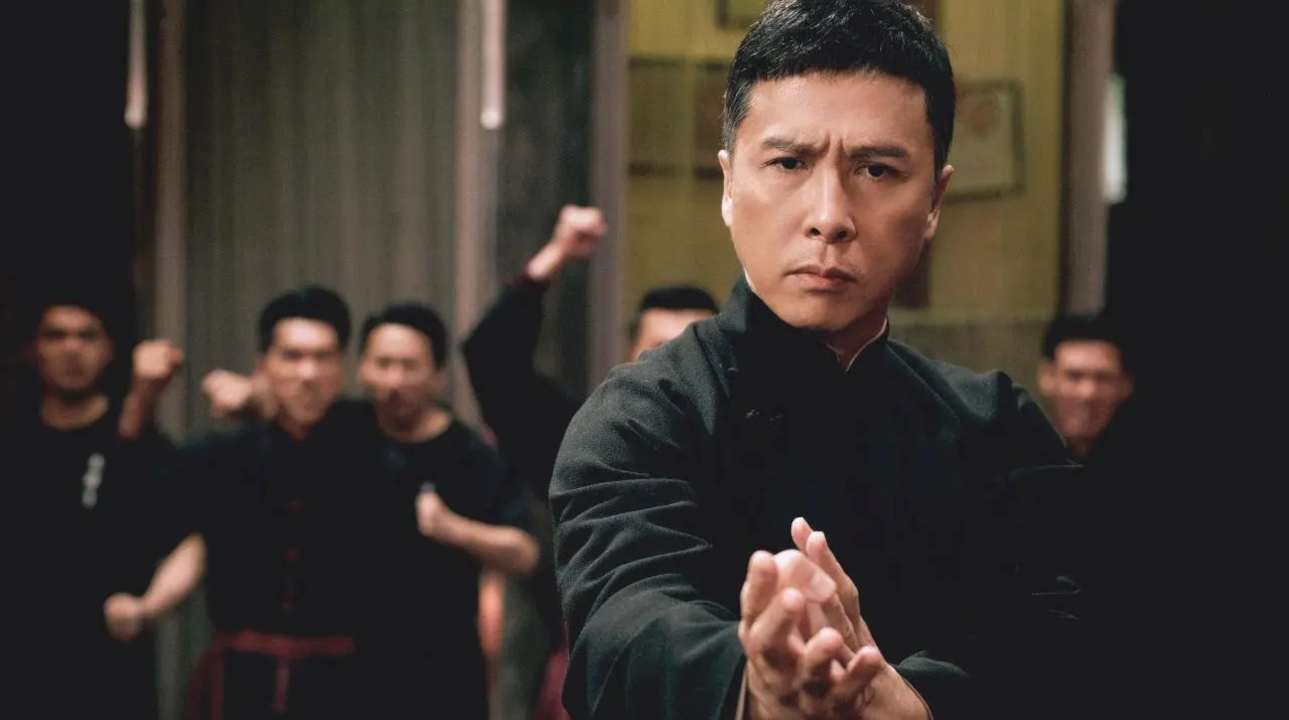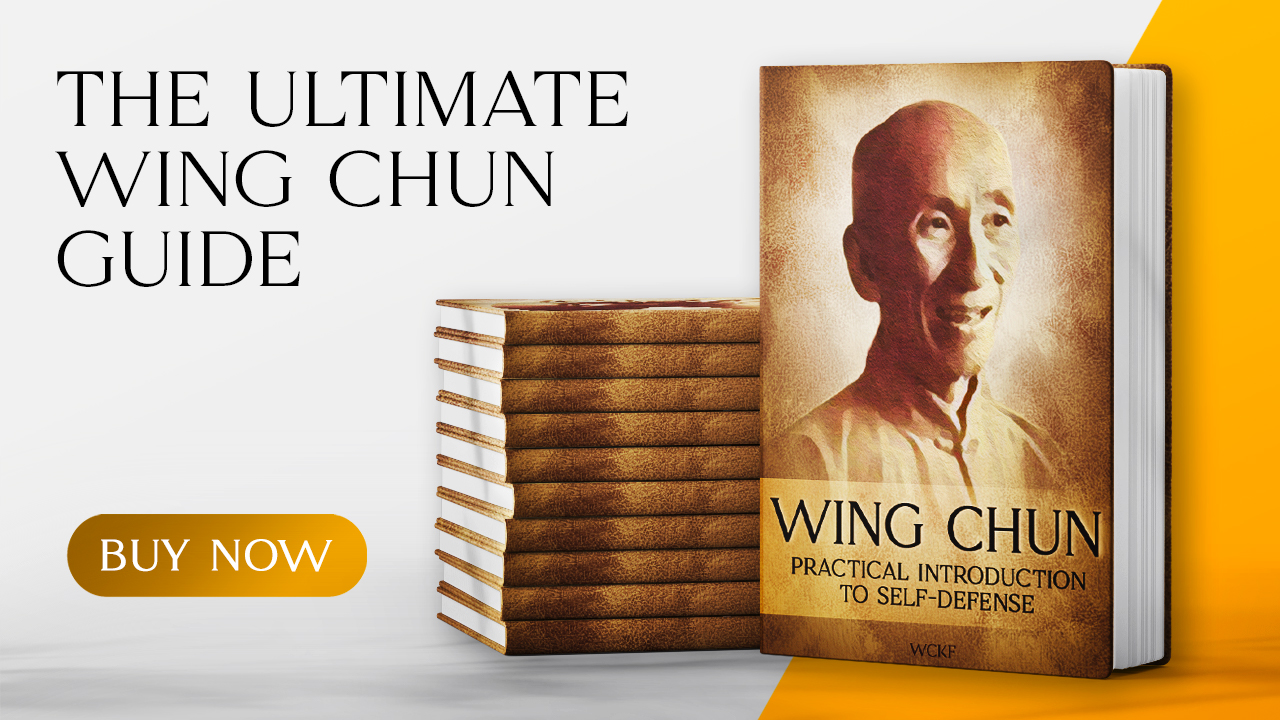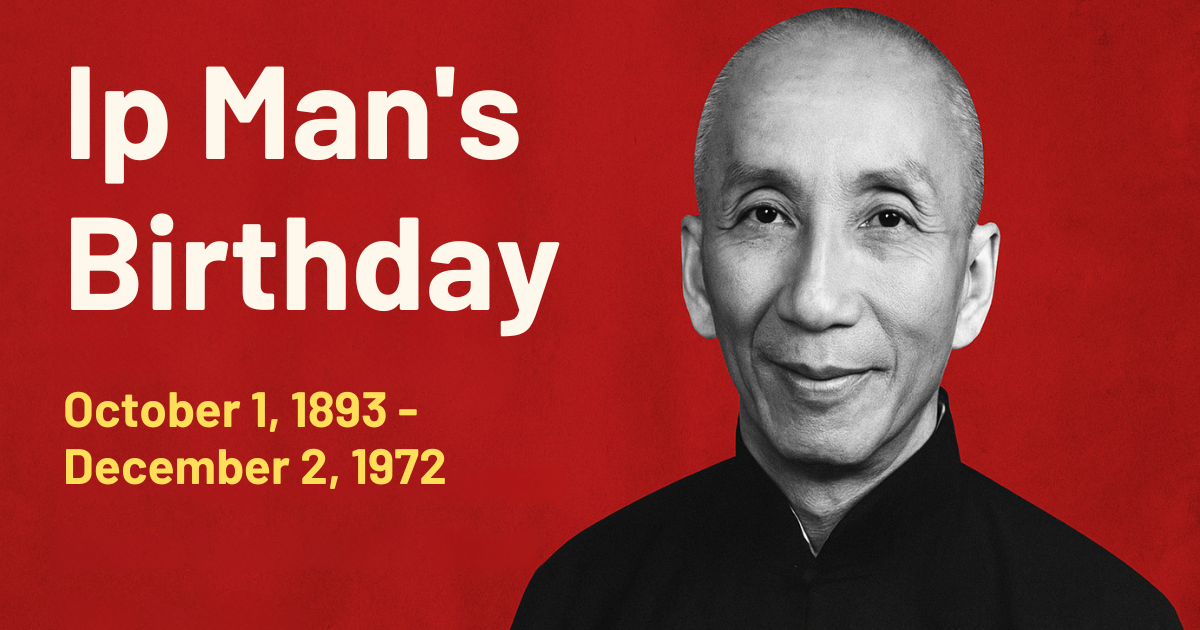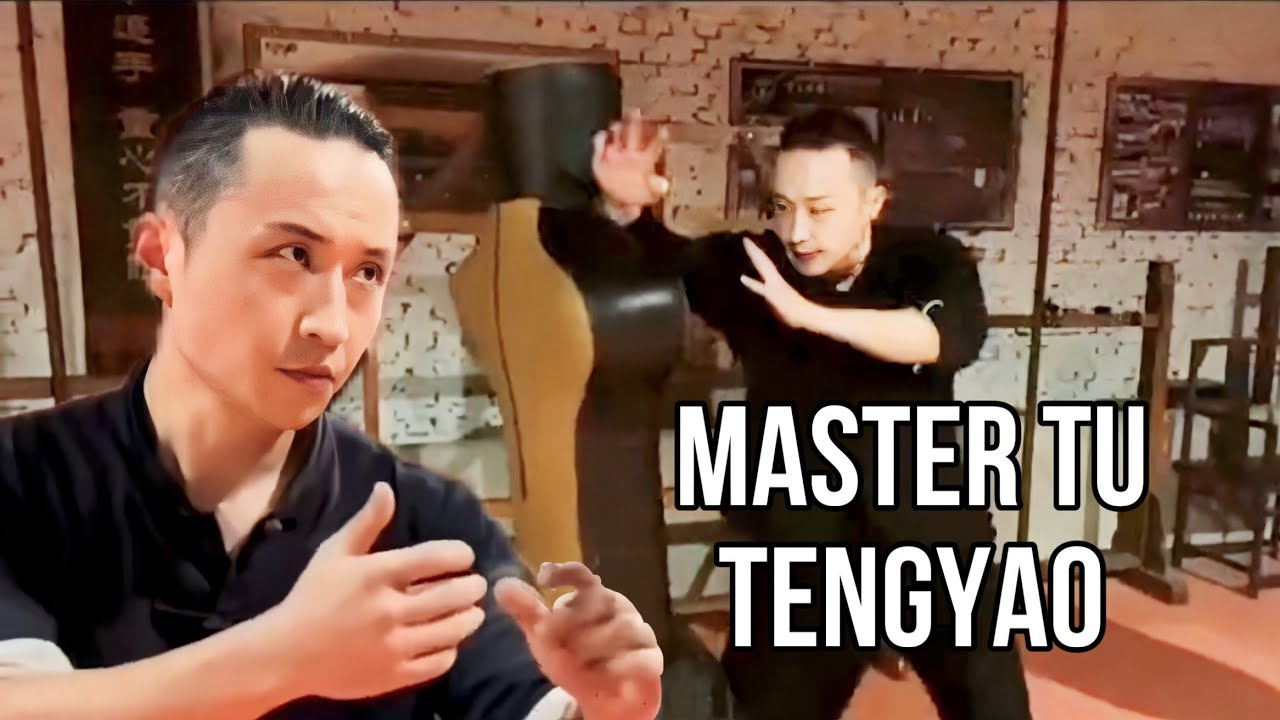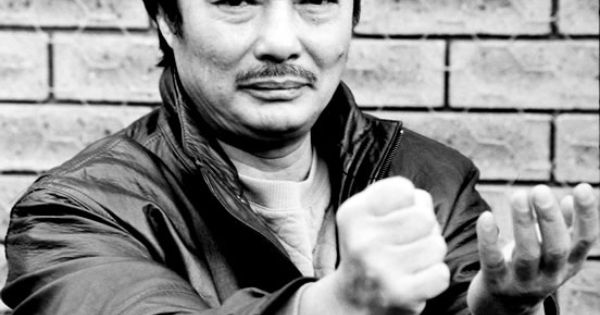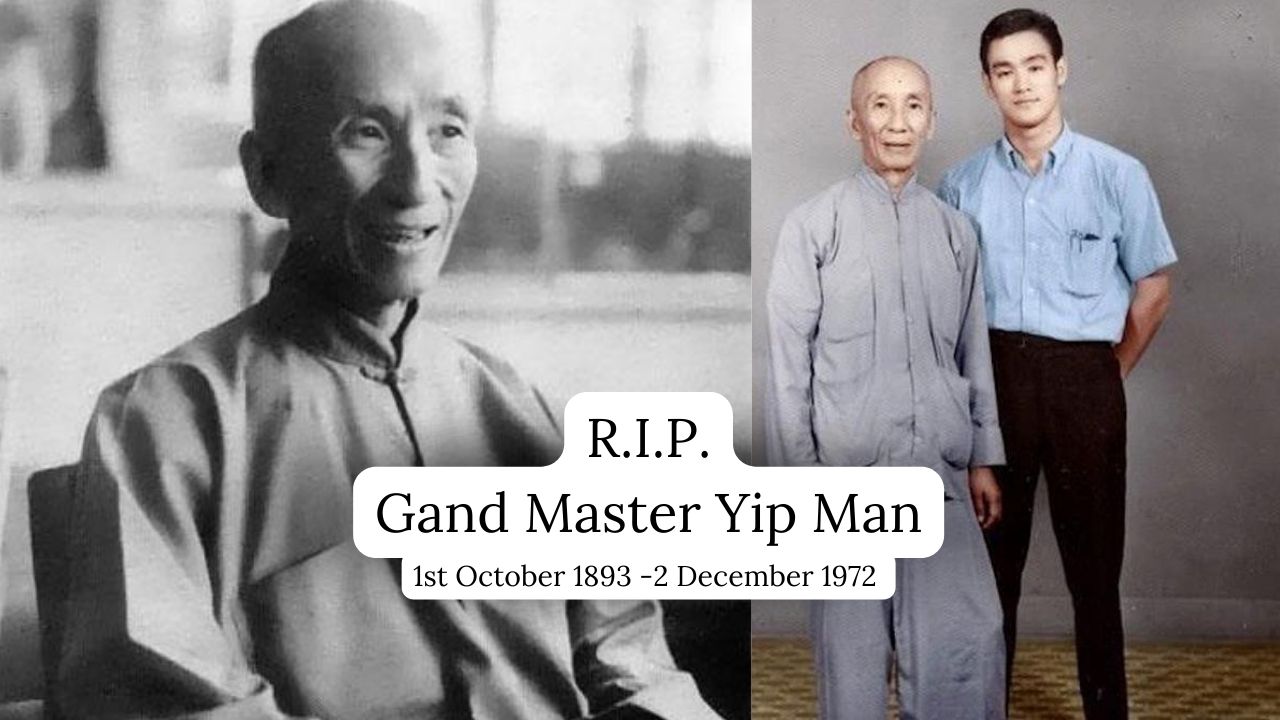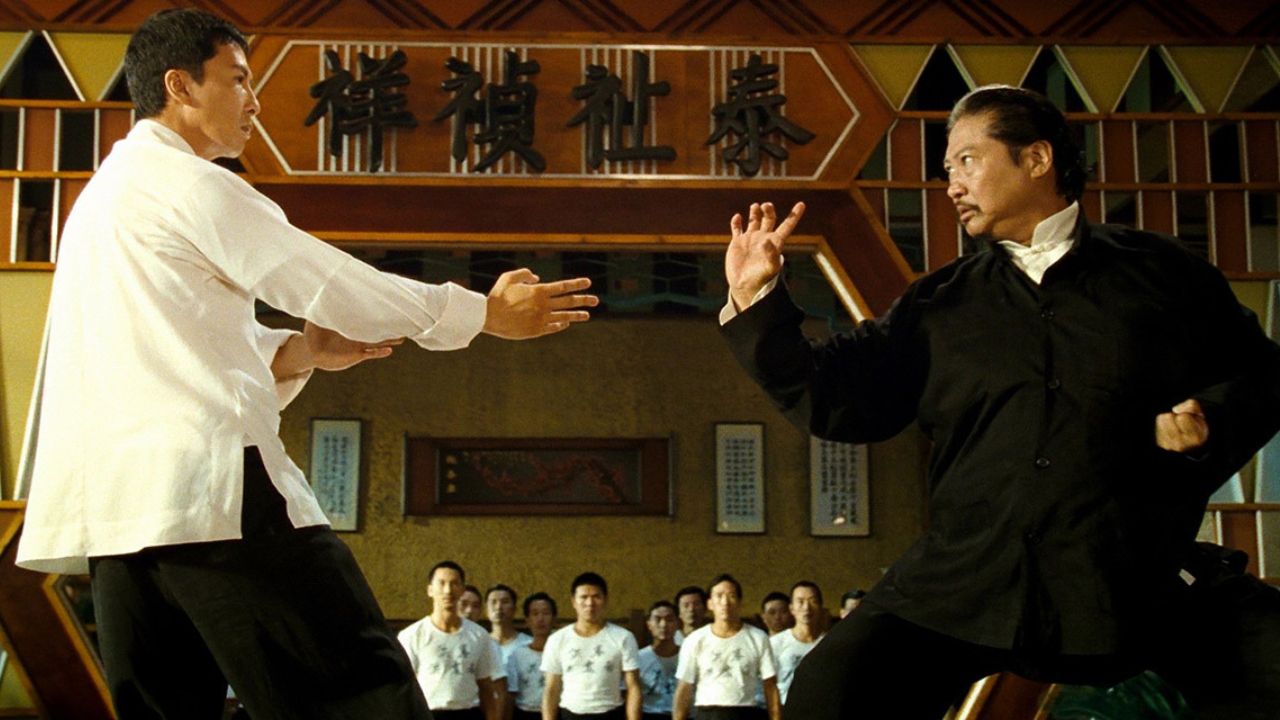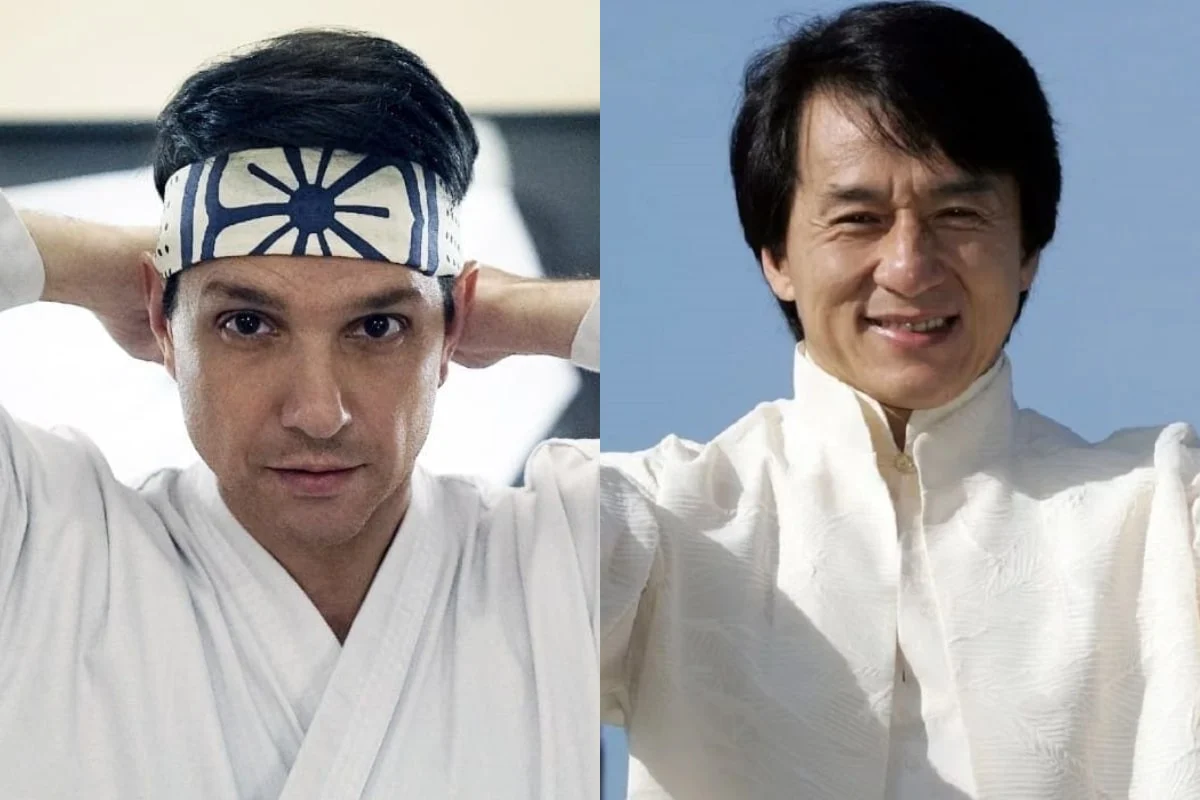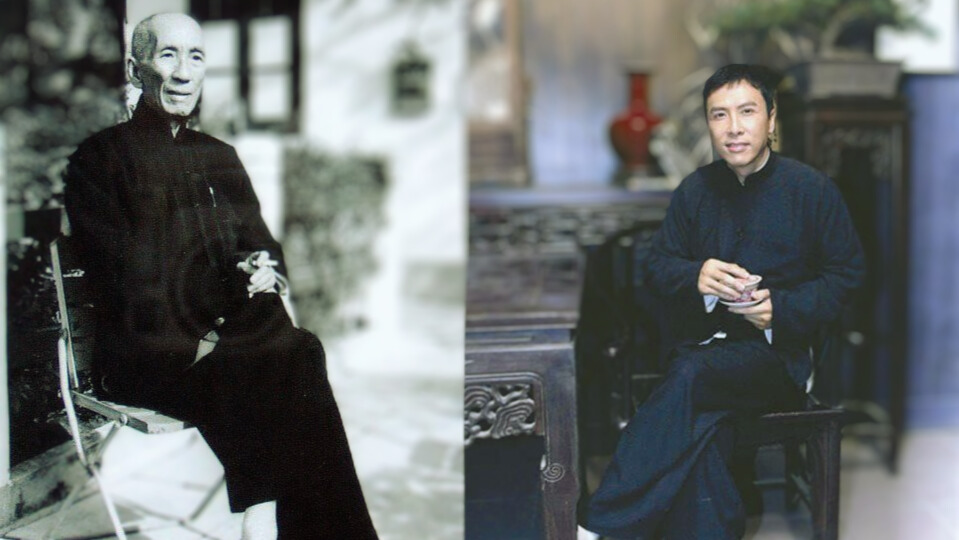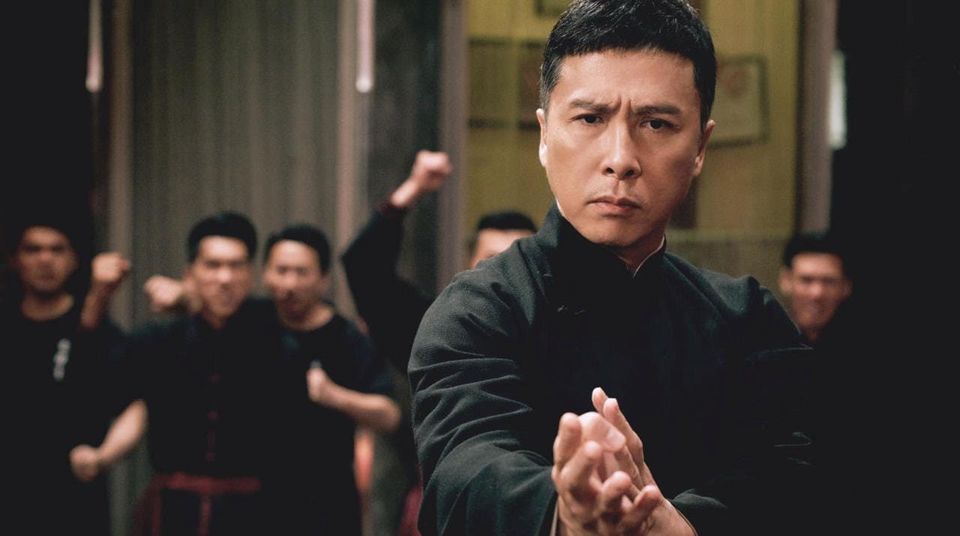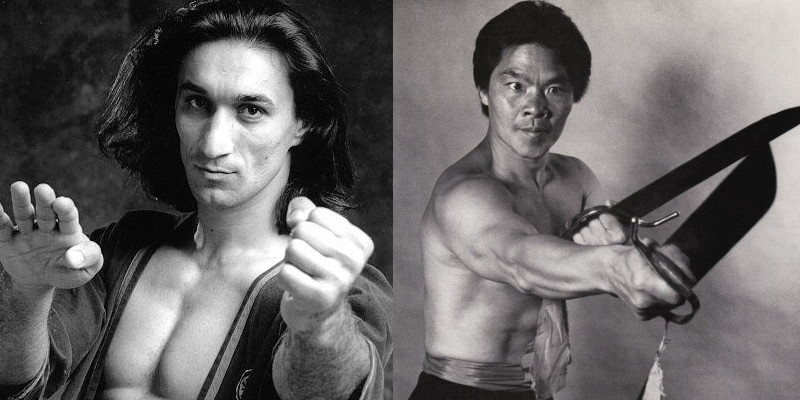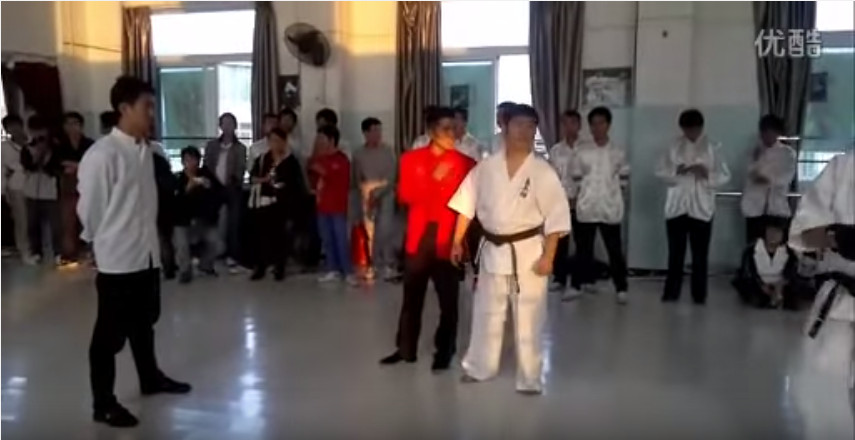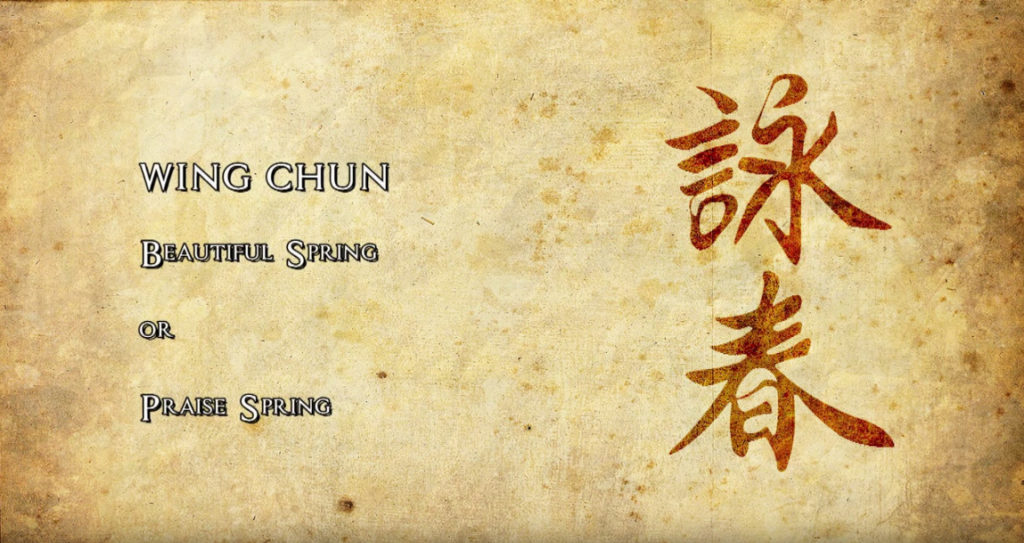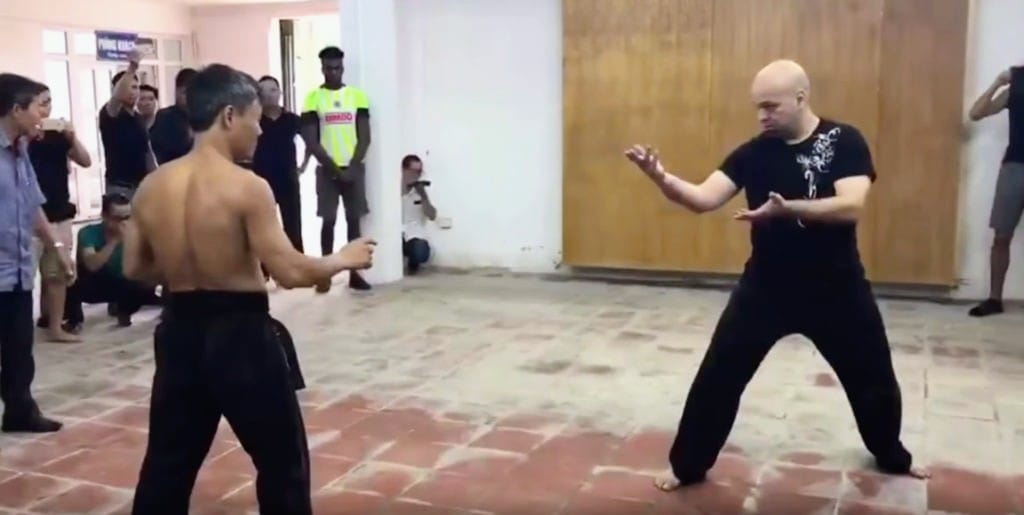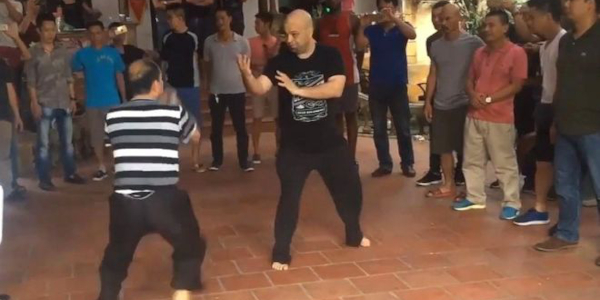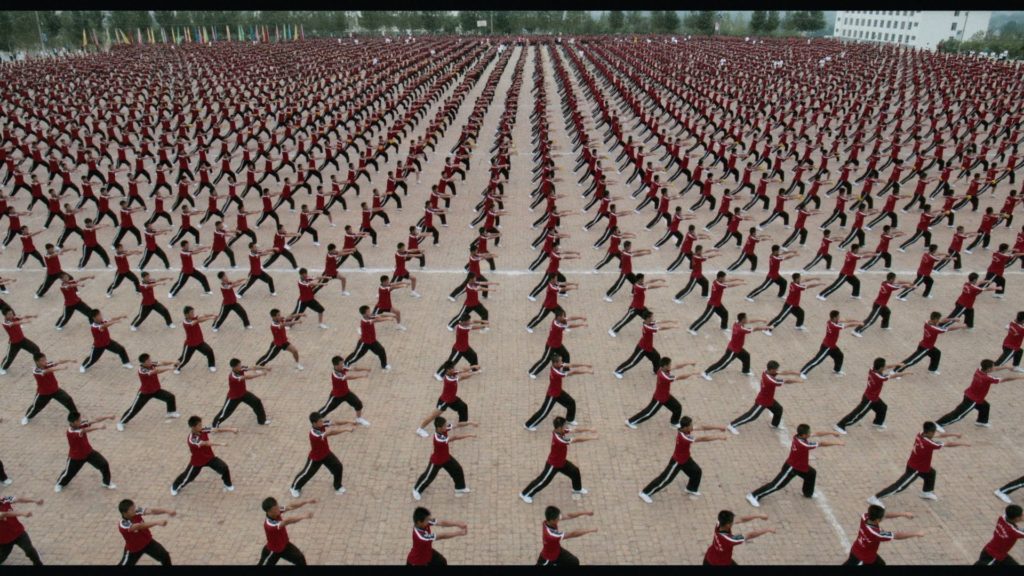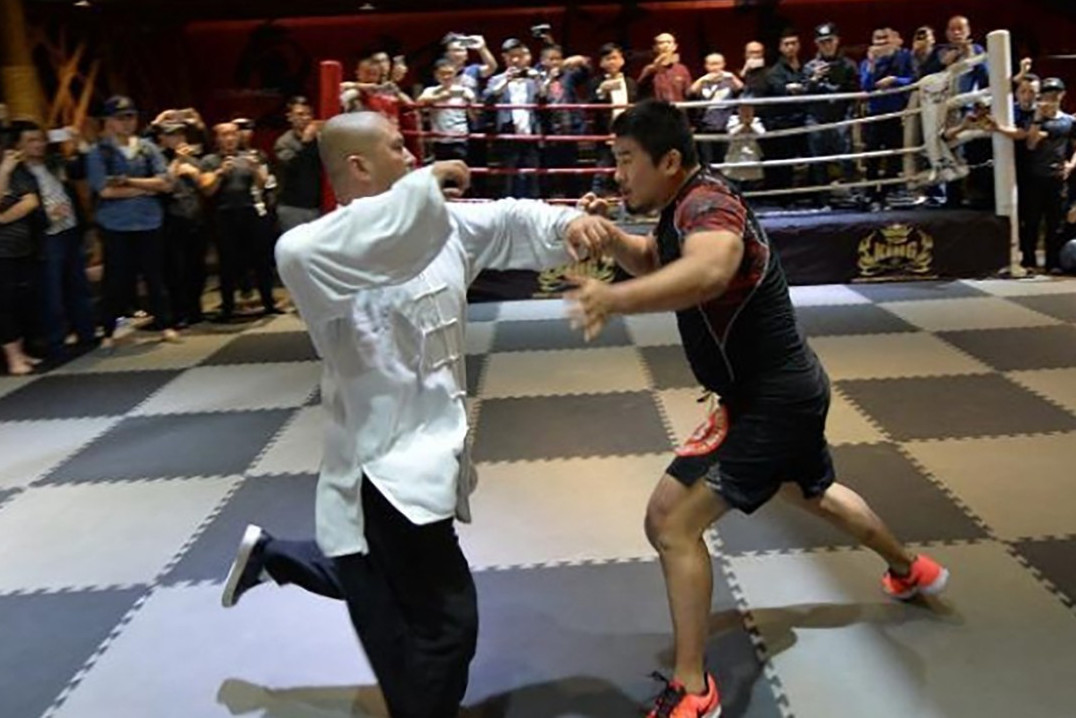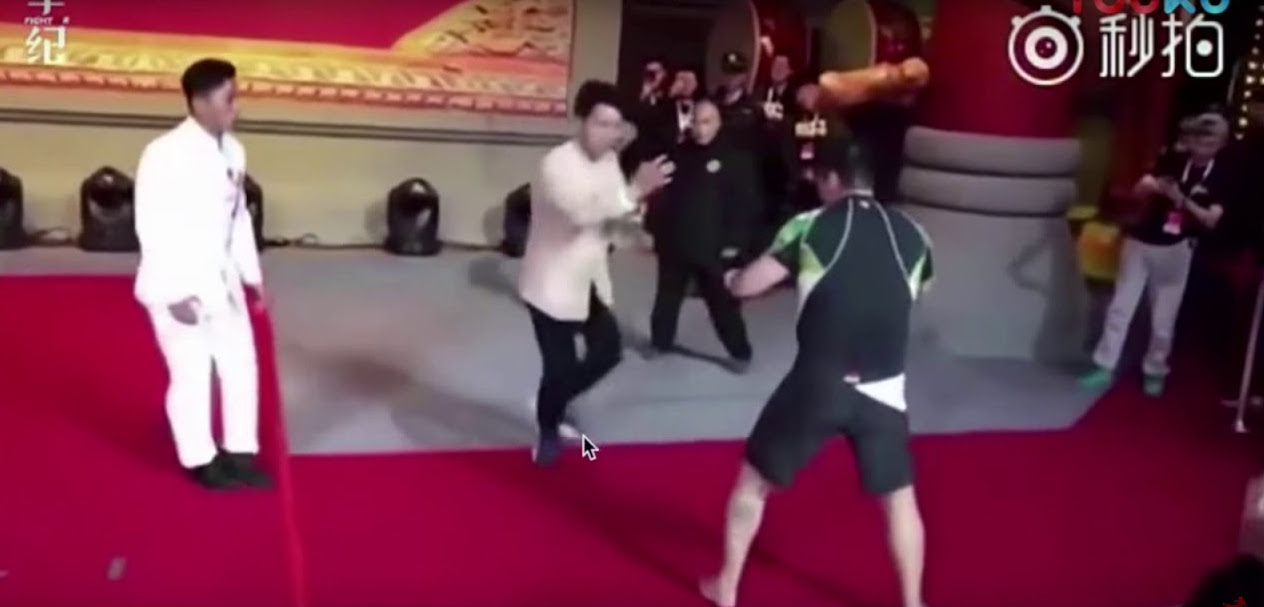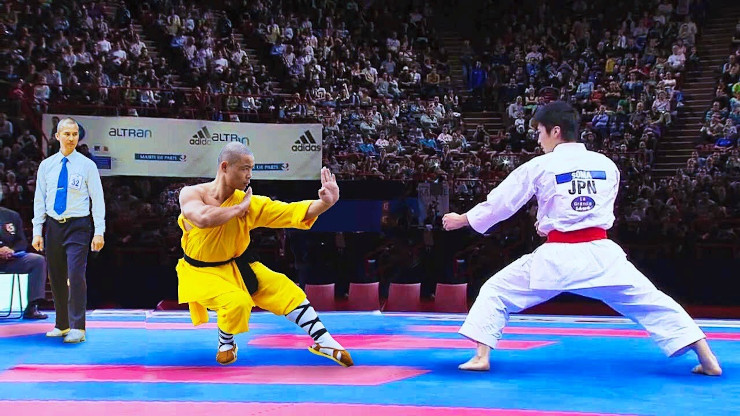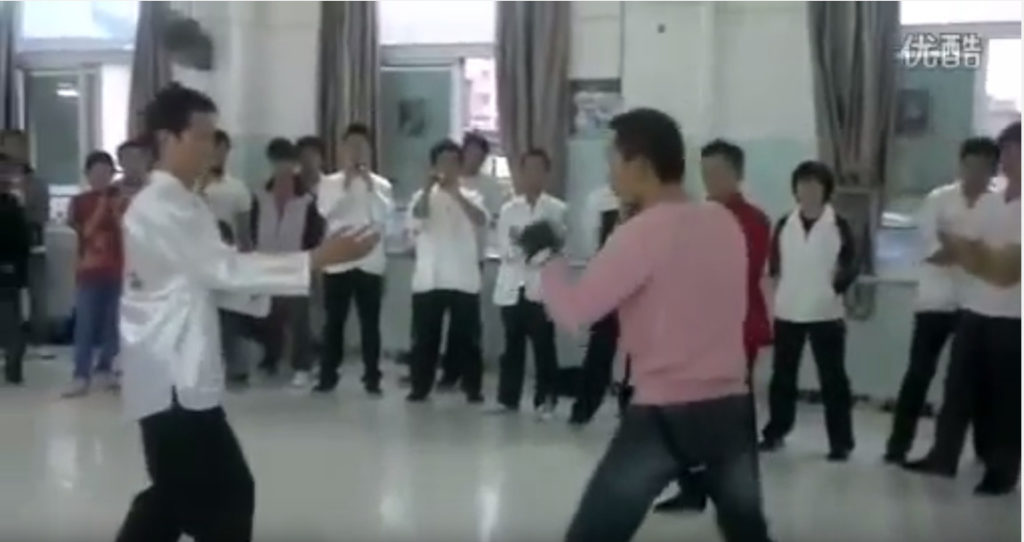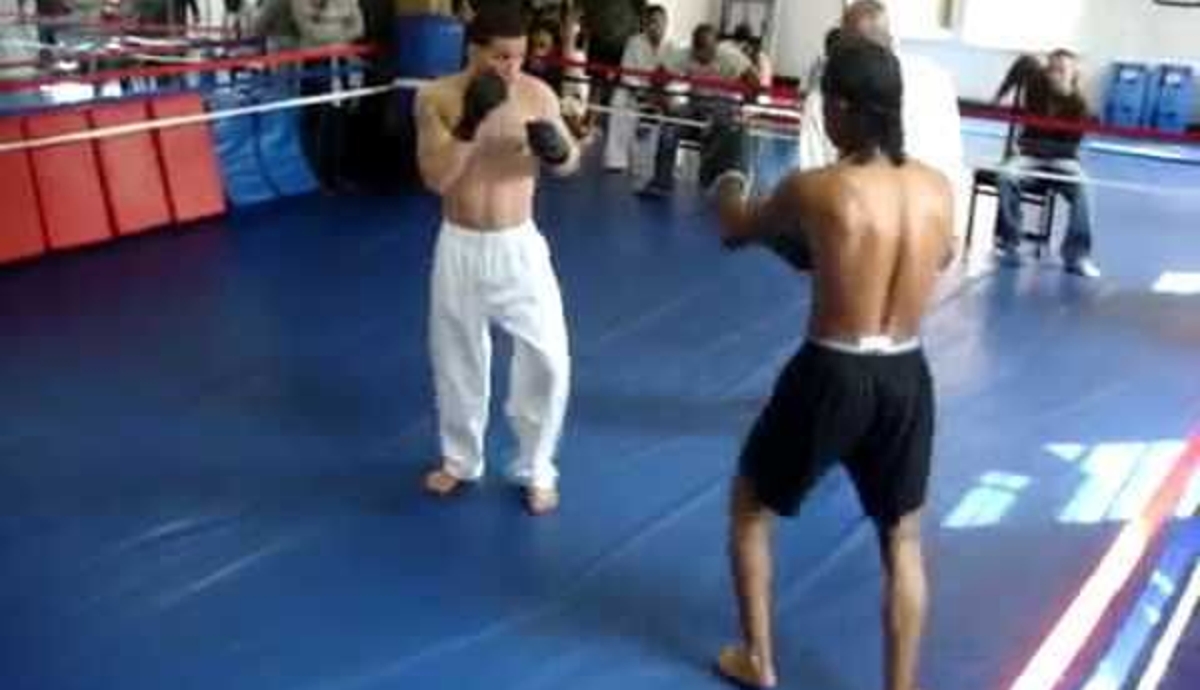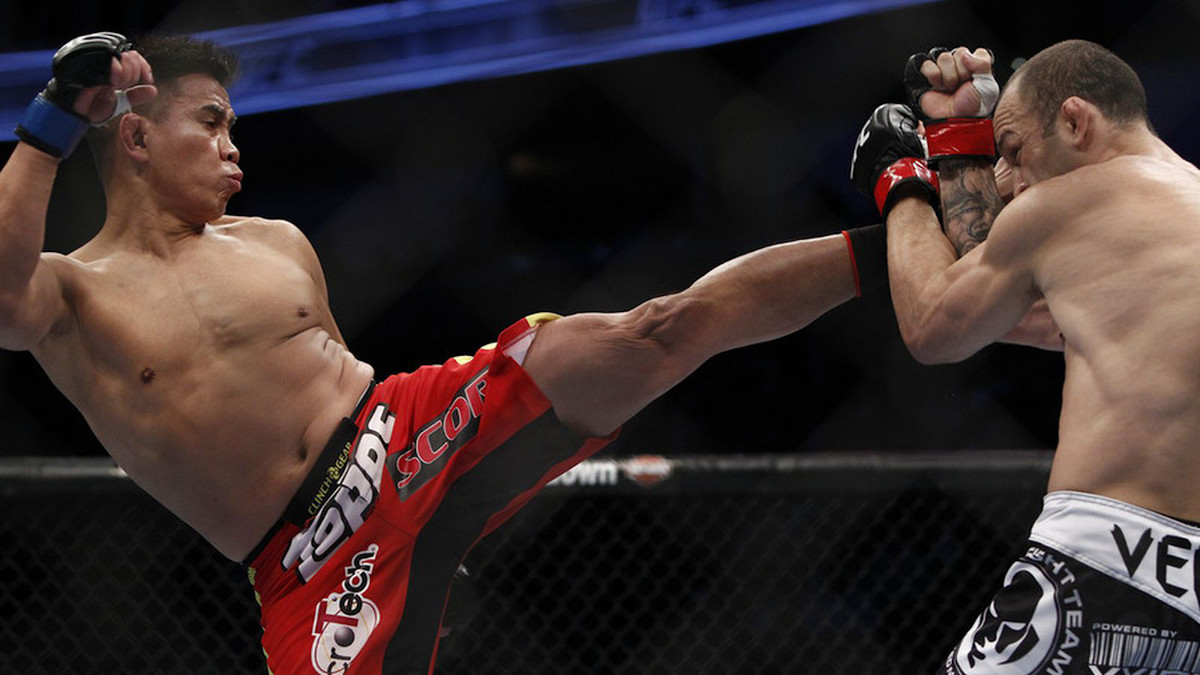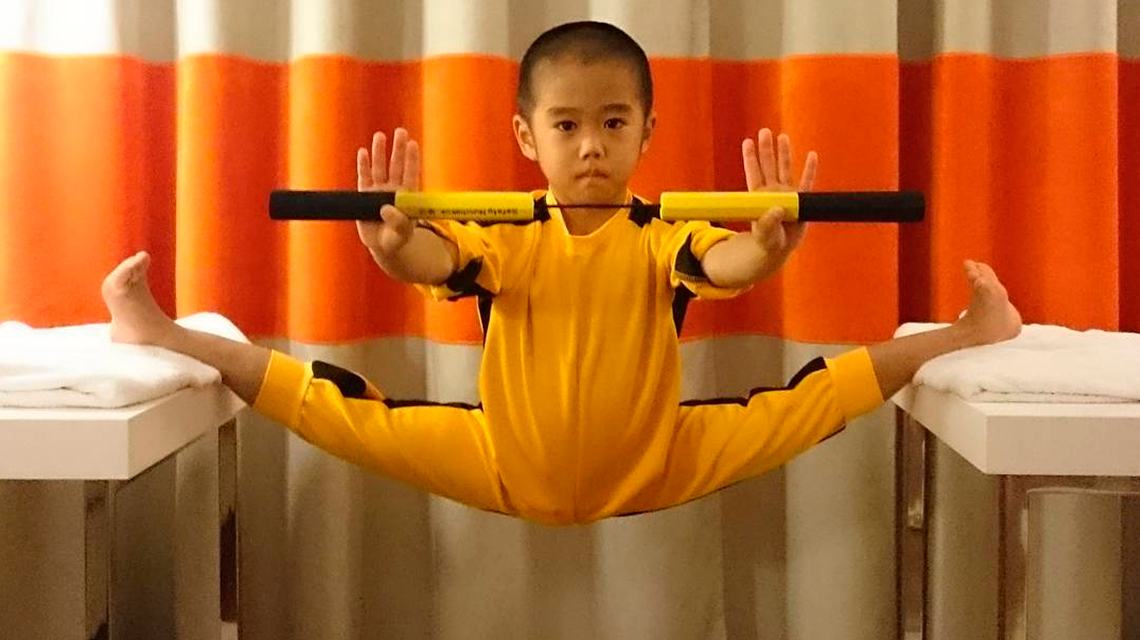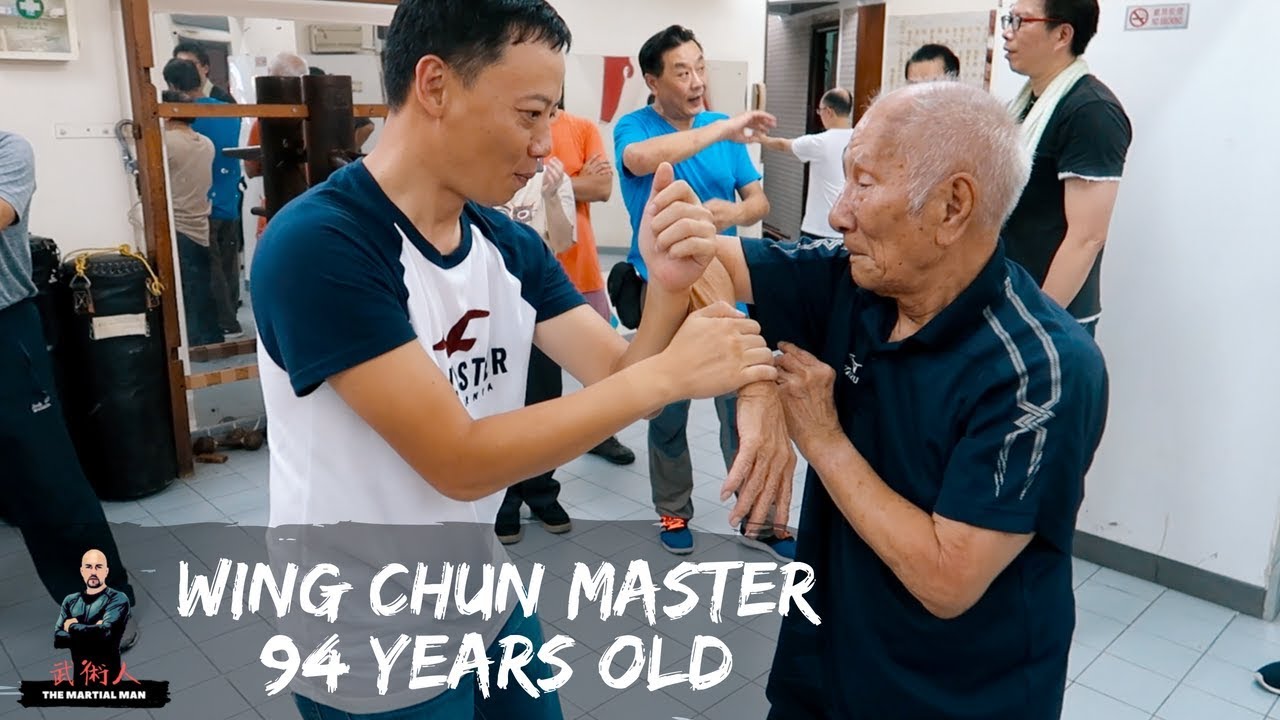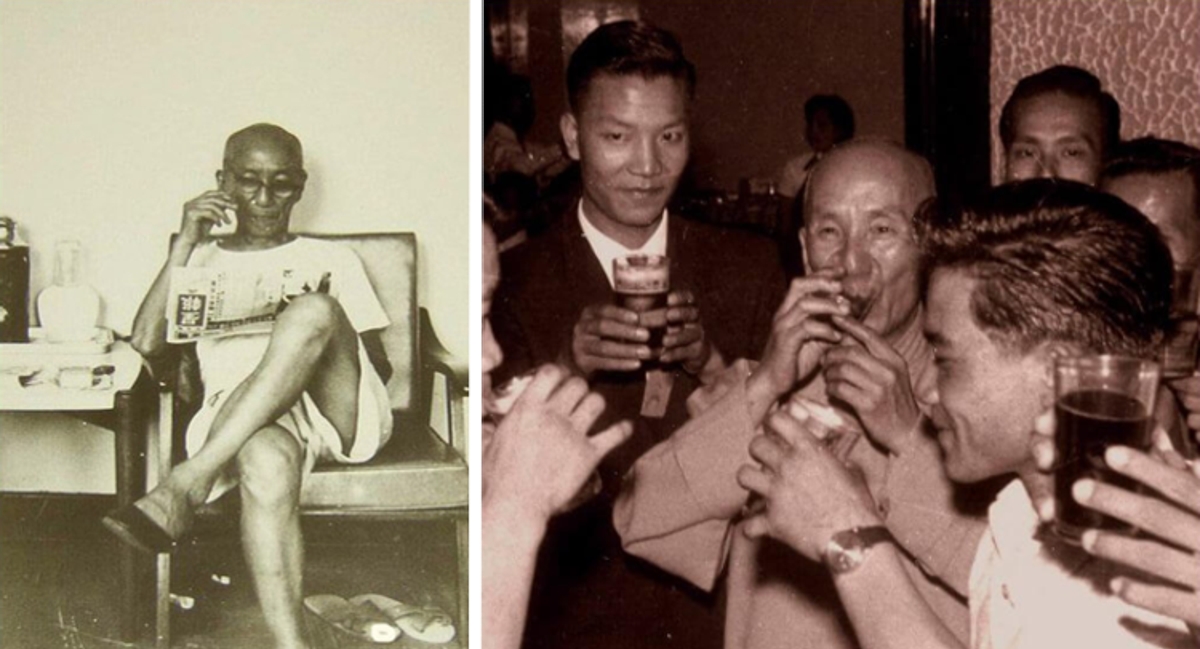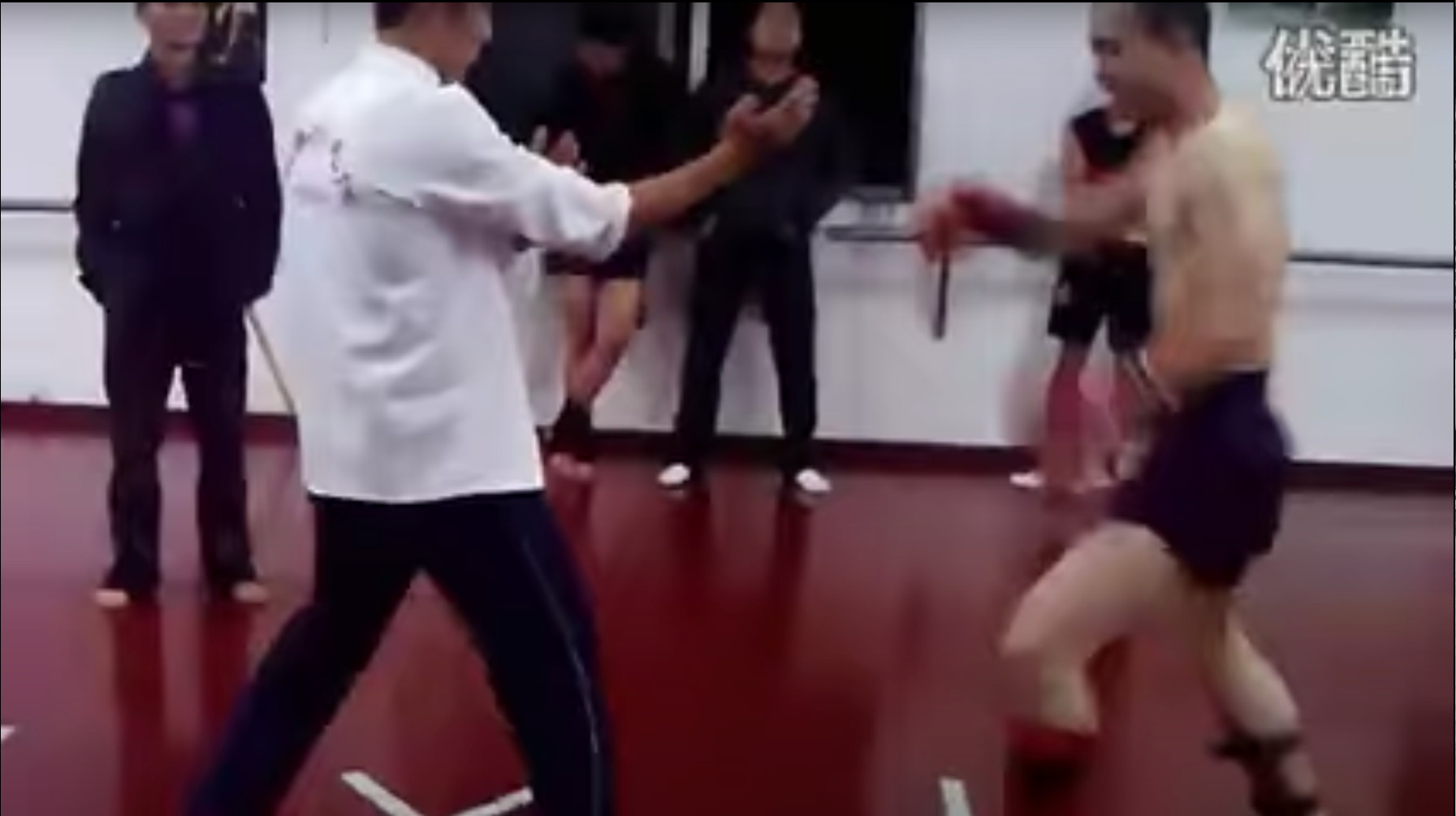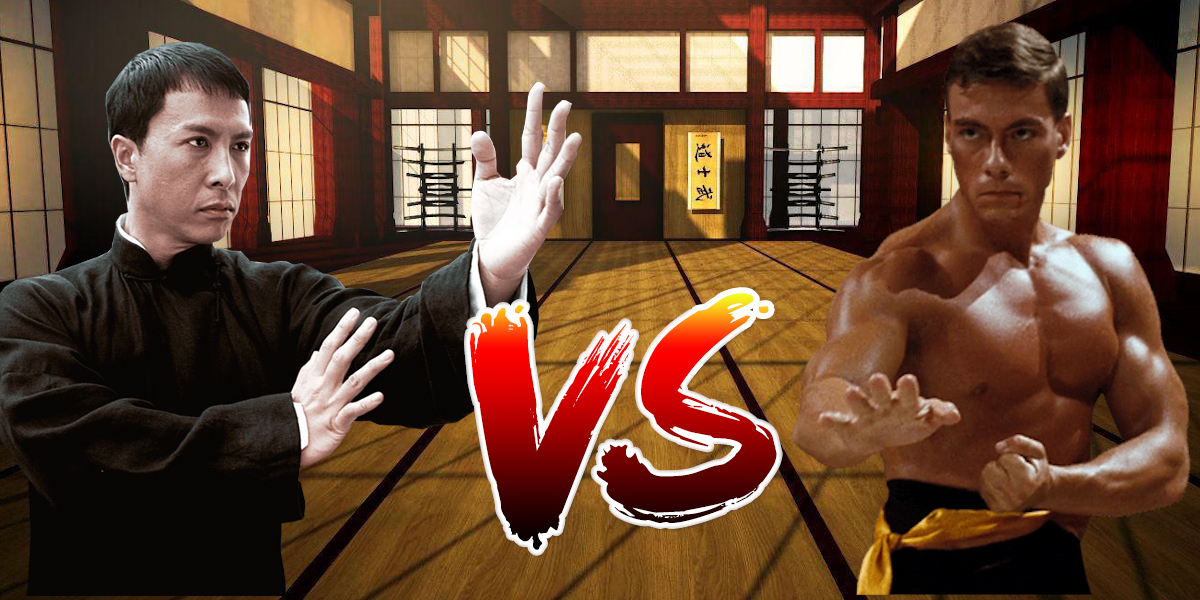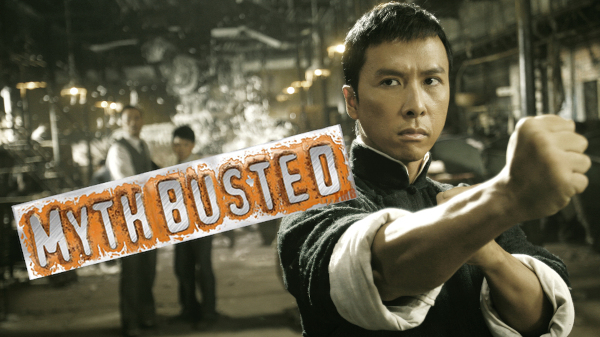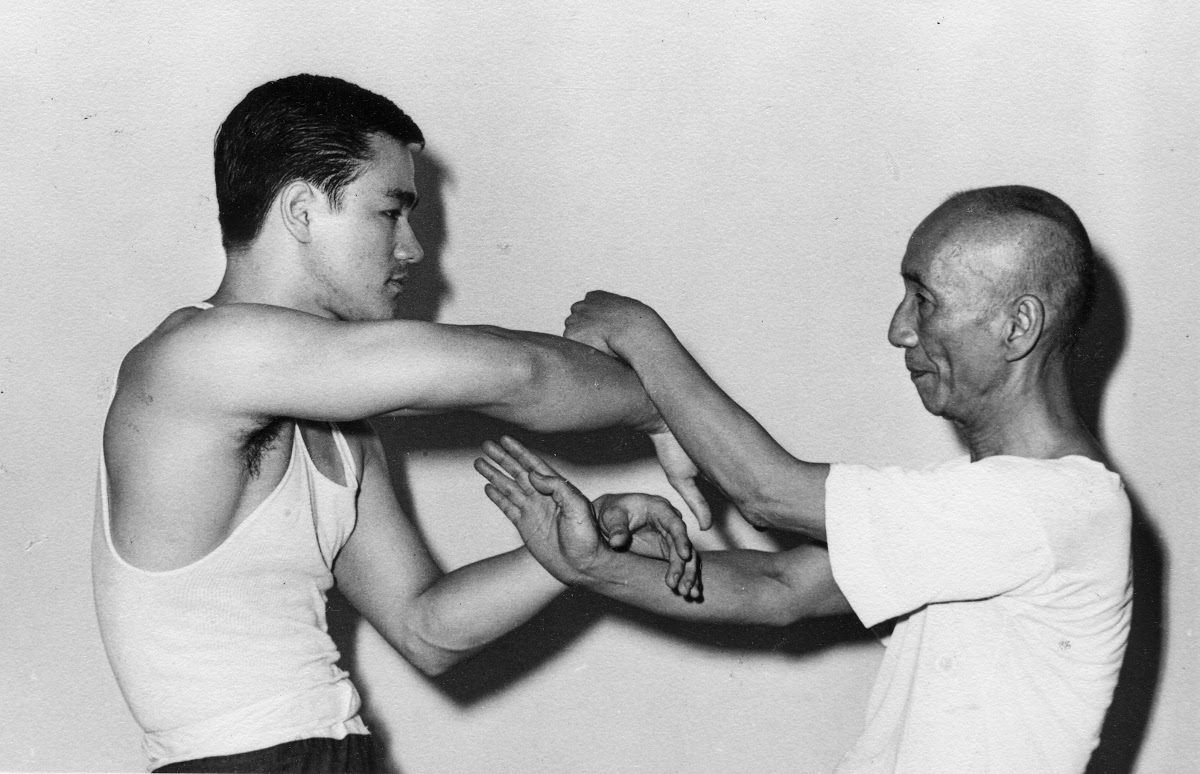Wing Chun for Self-Defense: Key Principles and Techniques to Protect Yourself
Reading time: 5 minutes
In today's world, the ability to protect oneself is becoming increasingly important. As a martial art, Wing Chun offers a practical and efficient approach to self-defense that can be used by individuals of all ages and fitness levels. In this article, we will explore the key principles and techniques of Wing Chun for self-defense, providing you with valuable insights and knowledge to help keep you safe. For those interested in learning more about this fascinating martial art, consider downloading a free chapter of our e-book, Wing Chun: Practical Introduction to Self-Defense. Currently available at a 55% discount, this comprehensive guide offers in-depth instruction on Wing Chun techniques, principles, and applications.
Key Principles of Wing Chun for Self-Defense
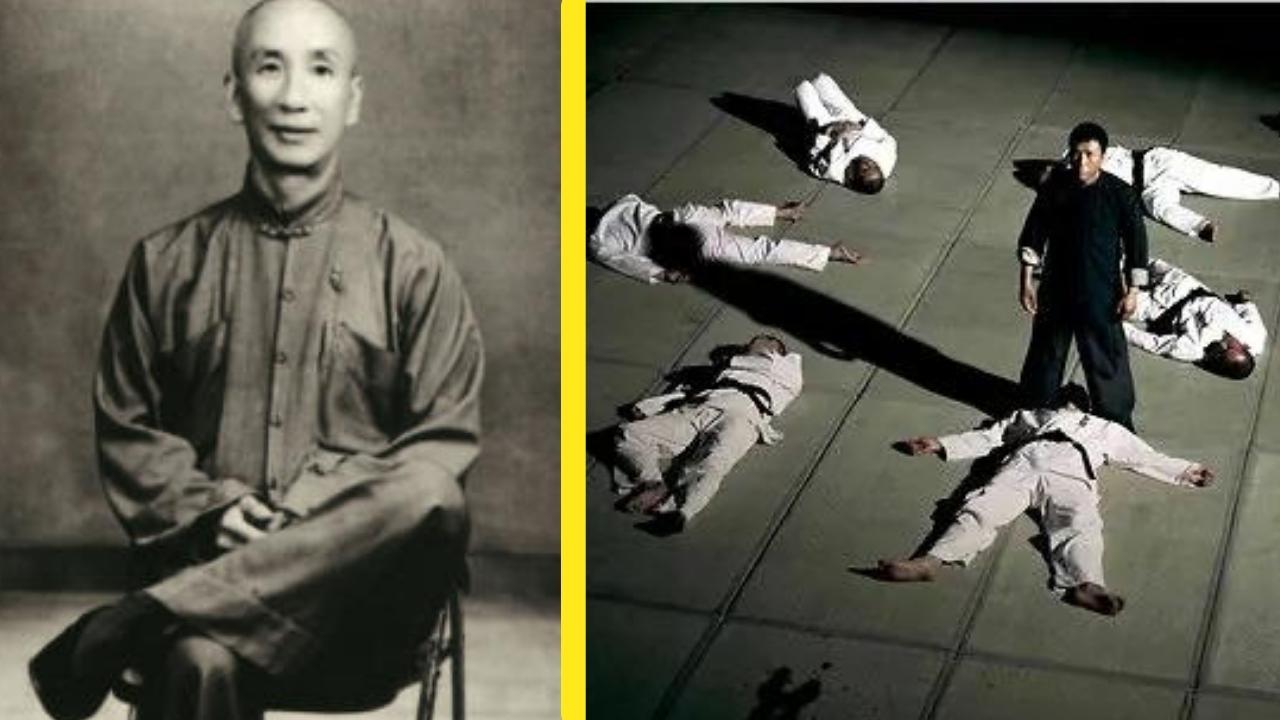
Centerline Theory: Central to Wing Chun's self-defense approach is the centerline theory, which emphasizes the importance of controlling and attacking along an imaginary line that runs vertically through the center of the body. By focusing on the centerline, practitioners can maximize their offensive and defensive capabilities, ensuring that their movements are efficient and effective.
Economy of Motion: Wing Chun is known for its emphasis on the economy of motion, which means using the most direct and efficient techniques to neutralize an opponent. This principle is crucial in self-defense situations, as it allows practitioners to react quickly and decisively to threats.
Sensitivity and Reflexes: In Wing Chun, sensitivity and reflexes are essential components of effective self-defense. Through exercises like Chi Sao (sticky hands), practitioners develop the ability to sense an opponent's movements and intentions, allowing them to respond instinctively and rapidly to changing situations.

Close-Range Combat: Unlike some other martial arts, Wing Chun focuses primarily on close-range combat, with techniques designed for use in close quarters. This emphasis on close-range fighting is particularly valuable in self-defense situations, where confrontations often occur at close distances.
Key Techniques for Self-Defense
Chain Punches: One of the most recognizable techniques in Wing Chun, chain punches involve delivering a rapid series of straight punches along the centerline. This powerful and relentless attack can quickly overwhelm an opponent, making it an effective technique for self-defense.
Trapping and Control: Wing Chun teaches a variety of trapping and control techniques, which involve using the hands to immobilize an opponent's limbs, disrupt their balance, or redirect their energy. These techniques can be highly effective in neutralizing an attacker without resorting to excessive force.
Low Kicks: In self-defense situations, low kicks can be an effective way to target an opponent's legs, disrupting their balance and mobility. Wing Chun emphasizes the use of quick, powerful low kicks that can be delivered from close range, making them difficult for an opponent to avoid or counter.

Elbow and Knee Strikes: Due to their close-range focus, Wing Chun practitioners often employ elbow and knee strikes in self-defense situations. These strikes can be highly effective in neutralizing an opponent, as they generate a great deal of force and can be used to target vulnerable areas of the body.
Learning Wing Chun for Self-Defense
If you're interested in learning Wing Chun for self-defense, there are numerous resources available to help you get started. Our e-book, "Wing Chun: Practical Introduction to Self-Defense," provides a comprehensive guide to the art, with detailed explanations of its techniques, principles, and applications. Currently available at a 55% discount, this e-book also offers a free chapter download, allowing you to get a taste of what makes Wing Chun so effective without any obligation.
Where to Start
Wing Chun offers a practical and efficient approach to self-defense, with its emphasis on centerline theory, economy of motion, sensitivity, and close-range combat. By mastering the key principles and techniques of this martial art, you can greatly enhance your ability to protect yourself and those around you.
As you continue to explore and develop your skills in Wing Chun, remember that the journey of martial arts is a lifelong pursuit. Embrace the challenges and rewards that come with your practice, and always strive to learn and grow from your experiences. In doing so, you will not only acquire valuable self-defense skills but also cultivate a strong, focused mind that will serve you well in all aspects of life.
For those who are passionate about martial arts and seeking a practical, efficient approach to self-defense, Wing Chun is an excellent choice. With its unique techniques and principles, this martial art offers a powerful and versatile skill set that can be invaluable in keeping you safe and secure.
As you embark on your Wing Chun journey, consider taking advantage of the resources available to help you deepen your understanding and mastery of this fascinating discipline. Our e-book, Wing Chun: Practical Introduction to Self-Defense, is a comprehensive guide that covers all aspects of the art, from its history and philosophy to its techniques and applications. With a 55% discount and a free chapter download, this e-book is the perfect starting point for those looking to explore the world of Wing Chun and unlock its full potential for self-defense.
So, whether you're new to martial arts or an experienced practitioner, consider embracing the unique and powerful world of Wing Chun. Download the free chapter of our e-book and let your passion for martial arts guide you toward new heights of personal growth and self-discovery.
Thank you. Your comment will be approved shortly.
Comments
Thank you. Your comment will be approved shortly.
Thank you. Your comment will be approved shortly.
Thank you. Your comment will be approved shortly.
Thank you. Your comment will be approved shortly.
Thank you. Your comment will be approved shortly.


